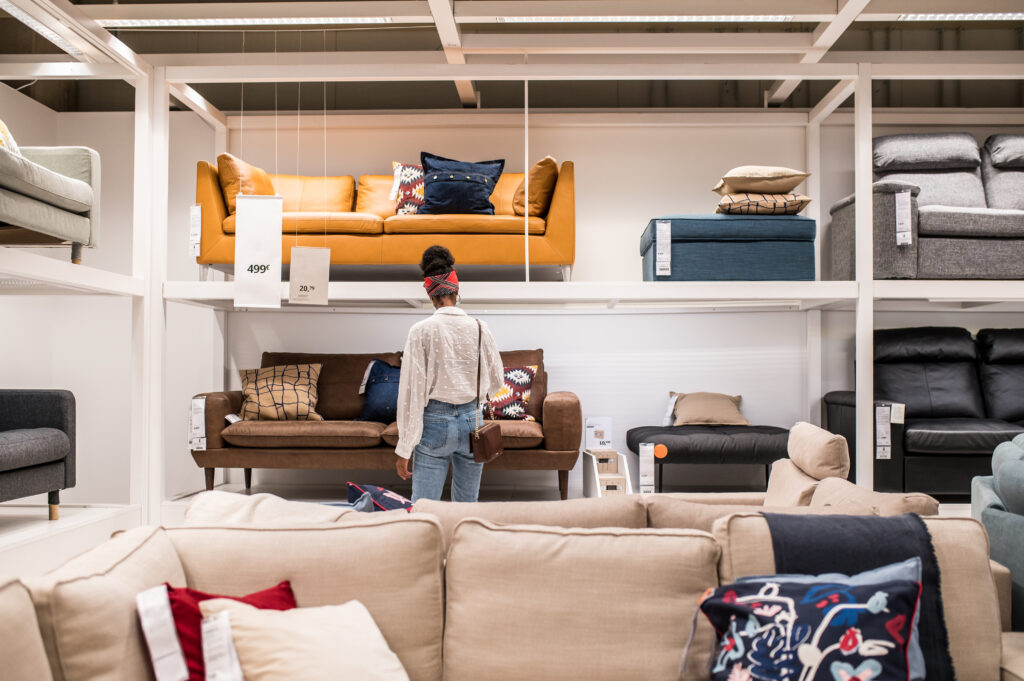A liquor store operates in a regulated, high-volume consumer segment where profitability depends on category margin optimization, inventory velocity, and operational efficiency. While gross margins vary by product line, strong cash flow and repeat traffic make this model attractive. Success is driven by assortment discipline, vendor leverage, and tight cost control, especially in licensing-heavy jurisdictions.
Archivos de Categoría: Business Planning & Strategy
Guías sobre estructuración financiera de empresas para el crecimiento y la estabilidad.
A toy store operates in a high-velocity, low-repeat retail segment where profitability depends on inventory rotation, category-level margin control, and seasonal execution discipline. While average transaction sizes are modest, gross margins are strong, and customer intent is high during peak periods. Success depends on tight SKU management, brand assortment strategy, and holiday season monetization. Asset
Music retail operates in a specialized, experience-driven segment where profitability is tied to instrument turnover, accessory margin stacking, and service integration (lessons, repairs, rentals). While unit volumes are moderate, customer loyalty and high attach rates support strong EBITDA, if inventory is tightly managed and value-added services are embedded in the business model. Asset Configuration CapEx
Home décor retail is a margin-rich, trend-sensitive category where profitability depends on merchandising precision, SKU productivity, and inventory rotation discipline. While average transaction values are modest, gross margins are favorable, and customer intent is high. Success requires a retail model built around space efficiency, multi-item conversion, and curation over assortment. Asset Configuration CapEx is moderate,
An electronics store operates in a competitive, innovation-driven retail segment characterized by rapid product cycles, fluctuating demand, and margin compression on hardware. While gross profit on core electronics is limited, profitability is built through accessory attachment, service bundling, and inventory velocity discipline. The business must be structured to balance premium ticket size with agility in
Furniture retail operates in a capital-intensive, low-frequency purchase category where success depends on showroom monetization, inventory turnover, and gross margin control. While average transaction values are high, holding costs, logistics, and markdown risk threaten profitability. Sustainable operators focus on space efficiency, custom order pipelines, and delivery execution, not just footfall. Asset Configuration CapEx is high
A sportswear store operates at the intersection of fashion, function, and identity, catering to both performance-driven athletes and lifestyle buyers. While gross margins are favorable, profitability is earned through product curation, brand tiering, and inventory turn discipline. Success in this category requires a strategic blend of aspirational branding, merchandising velocity, and multi-ticket upselling, not only
Home appliance retail operates in a capital-intensive, low-frequency, high-ticket environment where profitability hinges on logistics execution, vendor rebates, and margin control. While unit volumes are lower than typical retail, average transaction values are significantly higher. Profit is generated not by foot traffic alone, but through supply chain leverage, cross-selling warranties and installation, and inventory turnover
Bookstores operate in a sentimentally resilient but economically challenged segment of retail, competing against e-commerce and digital media. Despite declining mass-market sales, profitability remains viable through product curation, community engagement, and ancillary revenue diversification. The model requires lean inventory planning, high shelf productivity, and structured event-based monetization and not scale through volume. Asset Configuration CapEx
A grocery store operates in a high-frequency, low-margin retail segment where profitability is driven by inventory turnover, basket size, and category margin management. Despite thin per-item profit, volume and repeat footfall create substantial cash flow if operations are tightly controlled. The model’s success hinges on SKU velocity, shrinkage control, and efficient supply chain execution and











